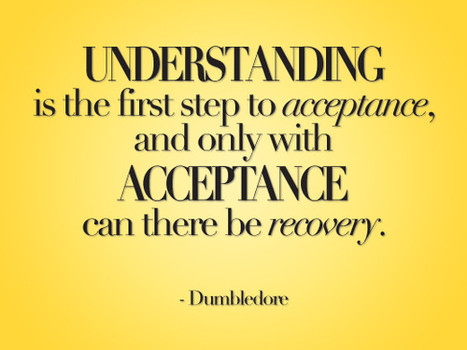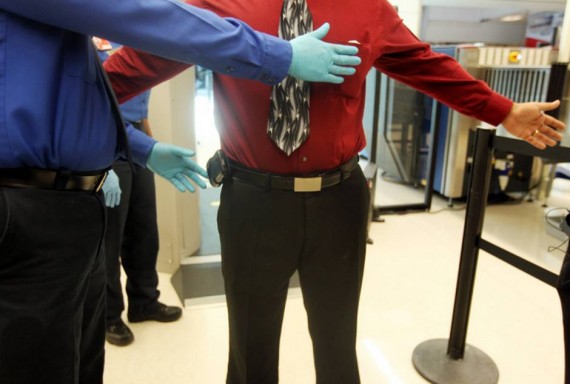
I’ve been asked to post the comments that I made during the 2015 NAMI convention where I appeared on a panel discussing Assisted Outpatient Treatment, one of the most divisive topics in the mental health community. Panel members were asked to briefly comment on San Francisco’s version of Laura’s Law and then talk about a specific subject. In my case, it was what I have learned getting individuals with mental illnesses engaged in treatment based on my experiences with my adult son.
Remarks July 9th, NAMI Convention, panel discussion “Treatment Engagement in San Francisco: Humane or Coercion?” (Slightly edited.)
I have read San Francisco’s version of Laura’s Law and after hearing Dr. Angelica Alameida’s description of it, I would characterize it as an attempt to make coercion less coercive.
Consider the multiple safeguards in the bill’s language: A judge can only implement an AOT order if: “a referred individual is unlikely to survive safely in the community without supervision.. if a referred individual has a history of lack of compliance within a specified time period…If a referred individual has been offered the opportunity to participate in a treatment plan voluntarily…If a referred individual’s condition is substantially deteriorating. AOT must be the least restrictive placement necessary to ensure the referred individual’s recovery and stability. The referred individual must benefit from AOT.” The law requires peer specialists and family members to be involved in the process.
According to Dr. Alameida, the law is intended to engage persons who are in critical need of help not force them into treatment. All of this language is intended to insure that AOT is not used flippantly and not implemented until after every other form of treatment has been attempted and has failed.
Will San Francisco’s law placate opponents of AOT? I decided to find out by asking several of them before I came to San Francisco. All of them said they wouldn’t support this new version. “You can put lipstick on a pig,” one said, “but it still is a pig.” This critic and others said they oppose all forms of coercion. If we simply had patience, met individuals where they were, and provided them with enough community support, acceptance and love, they would recover without being coerced.
I’ve thought a lot about those critics’ argument and I am confused by it.







